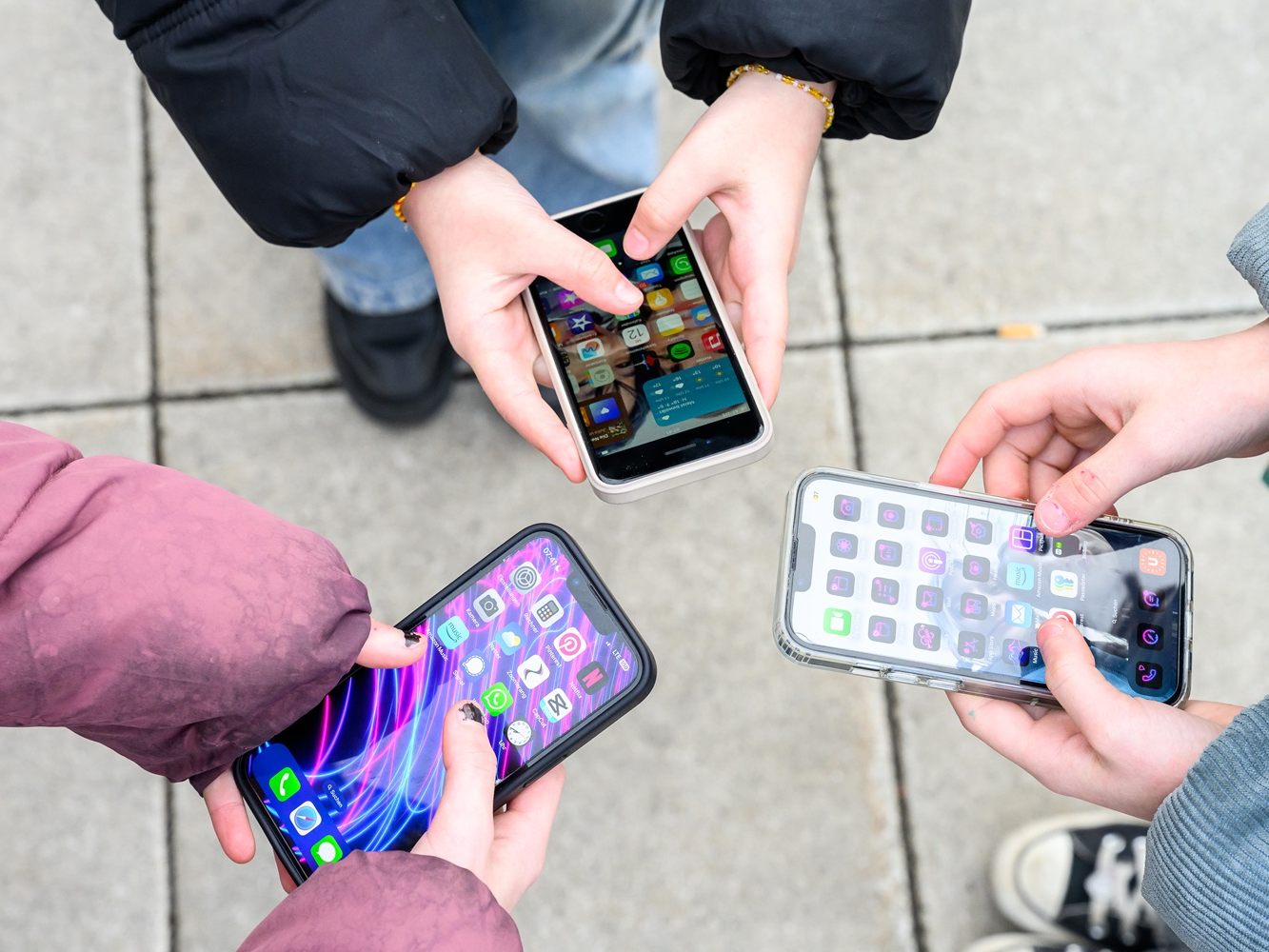Mobile Phone Ban: What About Exceptions?

In class, teachers should be able to allow the use of mobile phones for learning.
The use of mobile phones could already be regulated or prohibited within the framework of school autonomy, and most schools have already done so. With a clear nationwide regulation, they now want to strengthen the backs of school administrations and teachers, explained Education Minister Christoph Wiederkehr (NEOS) for the new directive. Just a month ago, before Wiederkehr took office, the department had emphasized that mobile phone use falls under school autonomy and that a directive from the ministry or the states was therefore not possible.
He wants life to return to the classrooms during breaks, social skills to be promoted again, and children's concentration ability to increase again, Wiederkehr explained in a statement to the APA about his initiative. "This can only be achieved by consciously banning mobile phones from schools and only bringing them out again when they are needed for educational reasons in class." School-autonomous regulations can generally continue to exist, apart from passages that contradict the regulation.
Ban on Mobile Phone Use
The draft provides that mobile phone use in schools is generally prohibited. In addition to the entire stay at school, this should also apply to all types of school events. For multi-day activities like sports weeks, the draft regulation suggests enabling "age-appropriate use of devices," for example, by setting a time window in which children and adolescents can communicate with their parents.
It is firmly planned that mobile phones can be used in class at the request of teachers, for example, in the subject of Digital Education, in workshops on internet safety or the use of a digital dictionary, or for fact-checking, etc. Other usage examples according to the draft regulation include the digital student ID or digital maps or bus and city maps during multi-day school events.
The school partners can additionally make "age-appropriate and subject-appropriate solutions that deviate from the principle," as stated in the explanations. For example, schools could allow usage during the lunch break in the leisure zone. Especially from the 9th grade onwards, it should be possible for regulations to apply only to individual classes or students. Thus, in class A, usage could be prohibited, while in class B, where there are no issues with the reasonable use of the devices, it might not be. It would also be possible to have a regulation whereby mobile phones are locked away on days or during times of written assessments. Fixed exceptions apply to students who need the phone for medical reasons (e.g., blood sugar measurement app for diabetics).
The students themselves are responsible for the security of their digital devices, as noted by the ministry. In this regard, the locker is generally considered a safe storage place, whereas leaving it unattended in the school bag is not sufficient.
Violations of Mobile Phone Rules
In the case of violations of the mobile phone rules, the teaching staff can also confiscate the devices from the students until the end of the school day. In the event of repeated violations or problematic content (bullying, Islamist or pornographic content), it would be appropriate from the ministry's perspective that only the legal guardians receive the phone back.
For the teachers' union, the draft regulation and explanations still leave the question open of "what will really change," according to the chief teacher representative Paul Kimberger (FCG) in conversation with the APA. For example, the question of sanction options for violations of the mobile phone regulation and the liability issue is not sufficiently clarified. More and more schools are also reporting problems with students' second-hand phones. Wiederkehr had announced at the adoption of the mobile phone ban in the Council of Ministers that he would seek input for possible changes to the regulation during a review. The deadline for this ends on April 9.
(APA/Red)
This article has been automatically translated, read the original article here.





